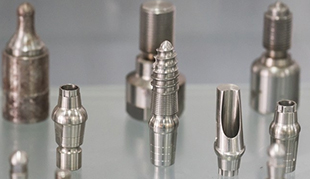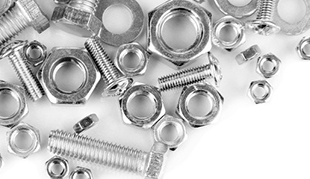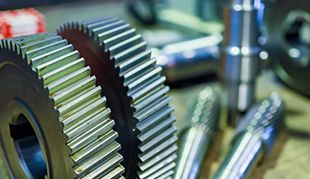Advantages and Limitations of Metal Powder Injection Molding
In the world of manufacturing, innovation is a constant driving force, pushing the boundaries of what is possible. Metal Powder Injection Molding (MIM) has emerged as a revolutionary technology that challenges traditional manufacturing methods. This article delves into the advantages and limitations of MIM compared to conventional approaches, highlighting its customization capabilities, waste reduction, time savings, while also addressing potential challenges like cost and material selection.
Advantages of Metal Powder Injection Molding (MIM)
1. Customization Capabilities
One of the standout advantages of MIM is its unparalleled customization capabilities. Traditional manufacturing methods often involve complex tooling and machining processes, limiting the design flexibility. MIM, on the other hand, allows for intricate and complex geometries to be produced with ease. This level of design freedom opens doors to creating intricate components that were previously unattainable, especially for industries like aerospace and medical devices where precision is paramount.
2. Waste Reduction
Waste reduction has become a key focus in modern manufacturing due to environmental concerns. MIM shines in this aspect as it generates significantly less material waste compared to traditional methods like CNC machining. The process involves mixing metal powders with a binder, reducing material wastage during production. Additionally, the ability to produce near-net-shape parts in MIM further minimizes post-processing, thereby reducing waste and energy consumption.
3. Time Savings
MIM offers remarkable time savings compared to traditional manufacturing methods. Traditional methods often involve multiple steps, from casting to machining, which can be time-consuming. MIM consolidates several of these steps into one process. The ability to produce complex shapes in a single cycle reduces production time, leading to faster turnaround times and ultimately accelerating product development and time-to-market.
4. Material Range and Performance
MIM boasts a wide range of material choices, from stainless steels to exotic alloys. This versatility opens doors to applications across various industries, from automotive to electronics. Furthermore, MIM-produced components exhibit excellent mechanical properties and surface finishes, making them suitable for demanding applications. The technology has made significant strides in achieving comparable material performance to traditional methods.

Limitations and Challenges of Metal Powder Injection Molding (MIM)
1. Cost
While MIM offers numerous advantages, it is not without its challenges. The initial tooling and setup costs for MIM can be relatively high, making it less cost-effective for small production runs. The complexity of the process and the need for specialized equipment can drive up the overall production cost. However, this cost can be offset by the advantages gained in terms of design flexibility and reduced post-processing.
2. Material Selection
Material selection is a critical aspect of manufacturing, and MIM is no exception. While the range of available materials is broad, some high-performance or specialized alloys may not be well-suited for the MIM process. The material properties required for certain applications may not align with the characteristics achievable through MIM. Careful consideration of material compatibility is essential to ensure the desired functionality and performance of the final product.
3. Tolerances and Consistency
Maintaining tight tolerances and consistent quality can be challenging in MIM. Variability in powder characteristics, binder distribution, and sintering conditions can lead to deviations in the final dimensions and mechanical properties of parts. This limitation might affect applications that demand extremely precise dimensions or consistent mechanical performance.
4. Design Complexity
While MIM enables the production of intricate geometries, it also poses challenges related to part ejection and internal cavities. Complex designs can lead to difficulties in removing the binder, resulting in defects or impeding proper sintering. Designers must strike a balance between the desired complexity and manufacturability to ensure a successful MIM process.
Metal Powder Injection Molding (MIM) is a transformative manufacturing technology that offers a range of advantages over traditional methods. Its customization capabilities, waste reduction, time savings, and material versatility make it an attractive choice for various industries. However, the technology is not without its limitations. Addressing challenges related to cost, material selection, tolerances, and design complexity is crucial for successful implementation.
In the dynamic landscape of manufacturing, MIM stands as a powerful option that bridges the gap between innovation and practicality. As advancements continue and challenges are overcome, MIM is poised to revolutionize the way complex metal components are manufactured, reshaping industries and pushing the boundaries of what's achievable.






